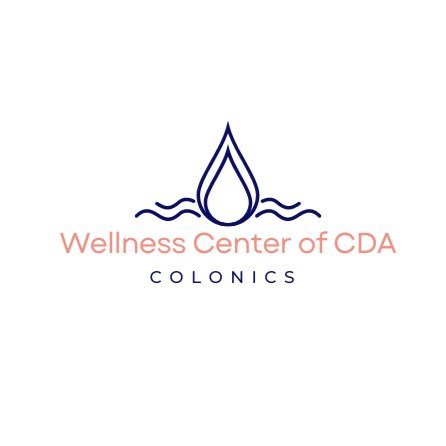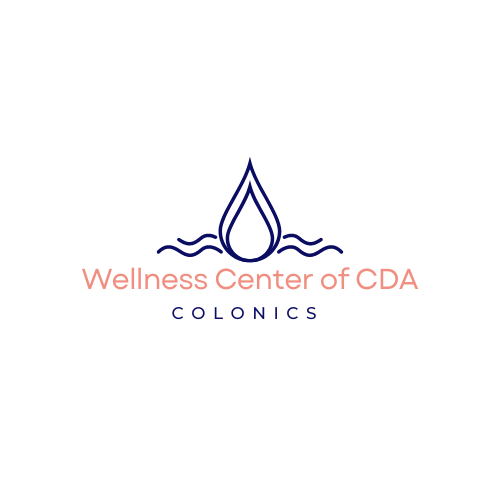What does pH actually mean?
pH stands for power of hydrogen, which is a measurement of the hydrogen ion concentration in the body. The total pH scale ranges from 1 to 14, with 7 considered to be neutral. A pH less than 7 is said to be acidic and solutions with a pH greater than 7 are basic or alkaline.
There are 3 food groups. Each have their own pH.
1) Carbohydrates (fruits, vegetables and grains) are alkaline 7+
2) Proteins (amino acids) are acidic less then -7.
3) Fats known as lipids and oils (essential fatty acids) are acidic less the -7.
If we eat a balance meal we are also balancing our ph’s in the body.
Our body has different pH’s.
Half our body is alkaline and the other half is acidic. Therefore, if we eat too many alkaline foods/drinks OR too many acidic foods/drinks we throw our pH out of balance. The kidney and lungs that balance the pH’s are then placed under a burden and these organs have to work harder than necessary.
How pH’s affect our body functions and cause constipation in the colon.
The mouth is alkaline.
The stomach is acidic.
The small intestine is alkaline.
The colon is acidic.
Every other organ in the gastrointestinal tract is the opposite pH. They trip each other off. If the mouth is not alkaline enough then it does not trigger the stomach to turn on its acid to digest protein. If the stomach is not acidic enough it does not turn on the liver and pancreas to secrete their alkaline contents into the small intestine which is alkaline. If the small intestine is too alkaline (eating too many carbs both simple, complex and processed) it spills its contents into the large intestine/colon and overwhelms the large intestine (colon) pH and therefore in an acidic environment the parasite are not eradicated. The parasite then thrives and grows. In this alkaline environment and along with parasites this makes the microbiome slimy. Poop/feces must be expansive (banana consistency) in order to stimulate the stretch receptors in the lumen to allow for passage through the lumen and to find its way to the anus where defecation takes place. In an alkaline environment, the pH of poop/feces becomes contractive (getting smaller/shrinks) and therefore will not stimulate the stretch receptors to allow for movement through the length of the colon (3-5 feet long). Eating a balanced diet of the 3 food groups and their pH’s allow for proper motility throughout the very long digestive tract so when it arrives at its final evacuation it will be “not to slimy, not to hard/dry, not to clay like” for a perfect passage way to exit. But more like a banana like consistency. Again, this will allow for the stretch receptors in the colon to activate and this will in turn cause peristalsis and movement from the beginning of the colon to the very end and defecation (anus opens up) takes place. Then a proper bowel movement will occur. This is the GOAL!

